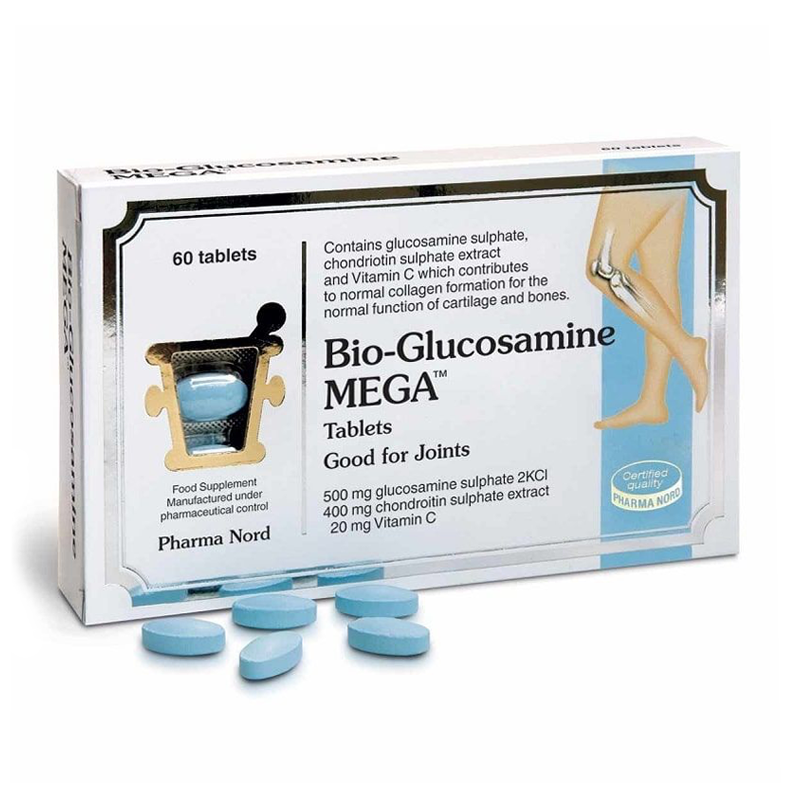Joint Health
Managing joint pain and osteoarthritis for better movement
Learn how lifestyle changes, nutrition and natural support can help reduce your risk of joint pain and osteoarthritis.





What are joints in the body?
Common causes of joint pain
Frequently Asked Questions
What are the most common causes of joint pain?
Joint pain can be caused by osteoarthritis (“wear and tear”), inflammatory conditions such as rheumatoid arthritis or gout, injury or overuse, or being overweight, which adds strain to weight-bearing joints like the knees and hips.
How does weight affect my joints?
Every extra pound of body weight adds around four pounds of pressure on the knees. Even modest weight loss can significantly reduce joint strain and improve mobility.
Which nutrients support joints and bones?
Key nutrients include calcium, magnesium, phosphorus, and vitamins D and K for bone strength, as well as omega-3 fatty acids, glucosamine, and chondroitin to help reduce inflammation and support cartilage health.
Can exercise make joint pain worse?
High-impact or excessive exercise may worsen symptoms, but low-impact activities such as walking, swimming, or cycling strengthen muscles around the joints and improve flexibility without adding stress. Always warm up, cool down, and pace activities.
When should I see a doctor about joint pain?
Seek medical advice if joint pain is persistent, worsening, recurring, or affecting daily activities. Immediate medical care is needed if pain is accompanied by swelling, redness, heat, or sudden immobility.








